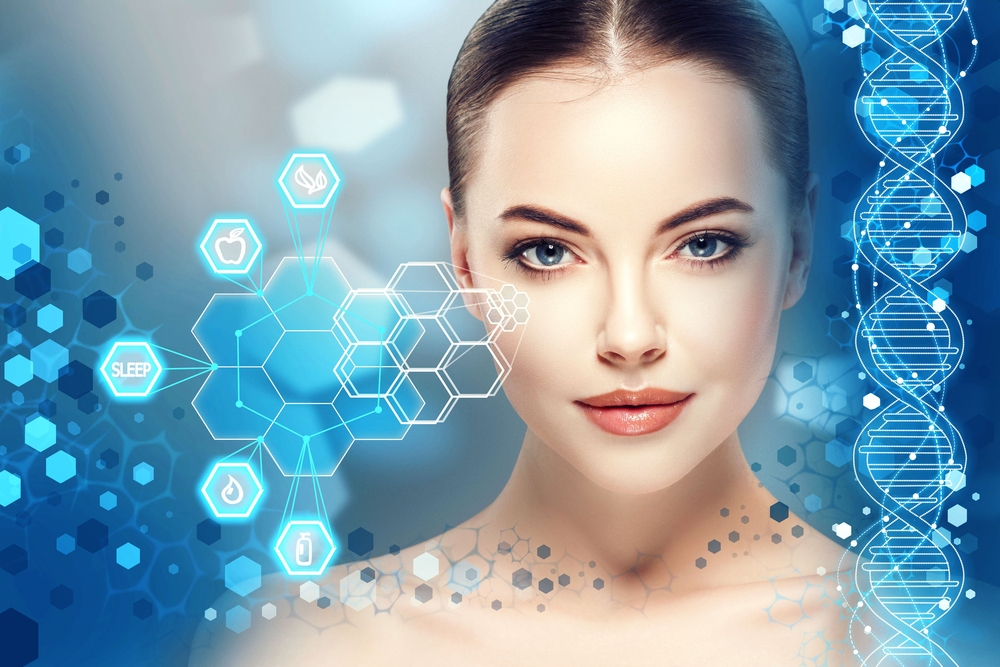
Anti Ageing
Anti-aging treatments are specifically designed to reduce the appearance of wrinkles, fine lines, and sagging skin. These treatments are commonly performed on parts of the body that are most susceptible to the earliest signs of aging, such as the face, neck, and hands. Depending on the extent of the condition, treatment options range from over-the-counter ant-aging products such as creams and lotions to Botox injections and highly invasive surgical procedures such as facelift. Each option comes with certain risks, so it is important for patients to have a thorough discussion with their skin care and anti-aging specialists before undergoing any type of treatment.
The most common types of ingredients in anti-aging treatments include:
- Retinol – A derivative of vitamin A, retinol is a milder form of retinoid. Although it can takes several weeks to take effect, it is proven to be highly effective in reducing wrinkles, unclogging pores, reducing the appearance of brown age spots, and improving the skin’s overall texture.
- Hyaluronic Acid – Hyaluronic acid is a popular humectant, a substance that draws water from the air, which makes it a natural and very effective moisturizer. It works great in hydrating the skin, and is found not only in prescription anti-aging medications and cosmetic treatments, but also in over-the-counter lotions.
- Niacinamide – Niacinamide works by preventing melanin from becoming visible. The overproduction of melanin causes pigmentation of the skin, which can cause sunspots and other unsightly marks and tags. This vitamin B3 derivative is typically used to treat acne scars, age spots, and sunspots by lightening them so they become less visible.

